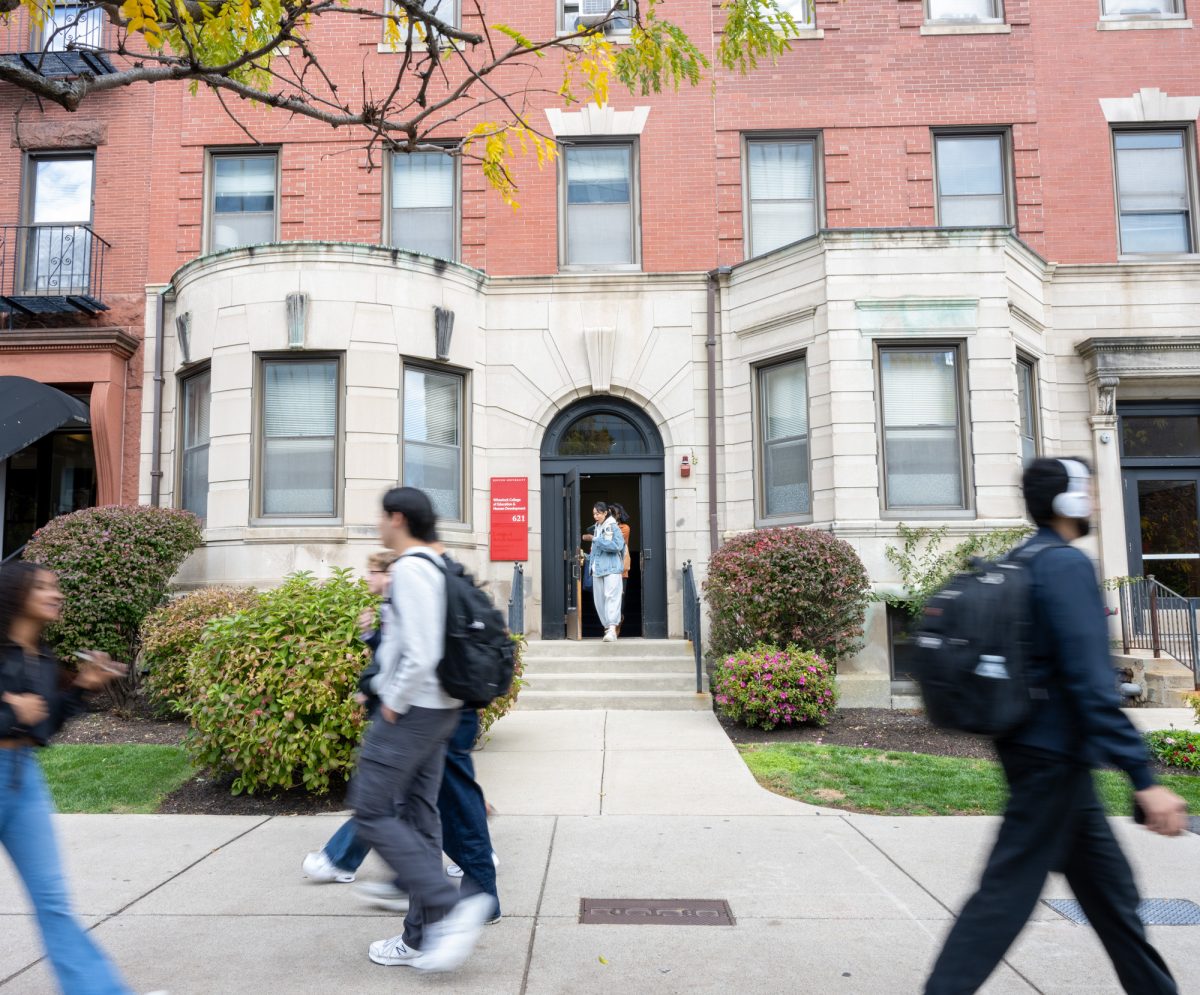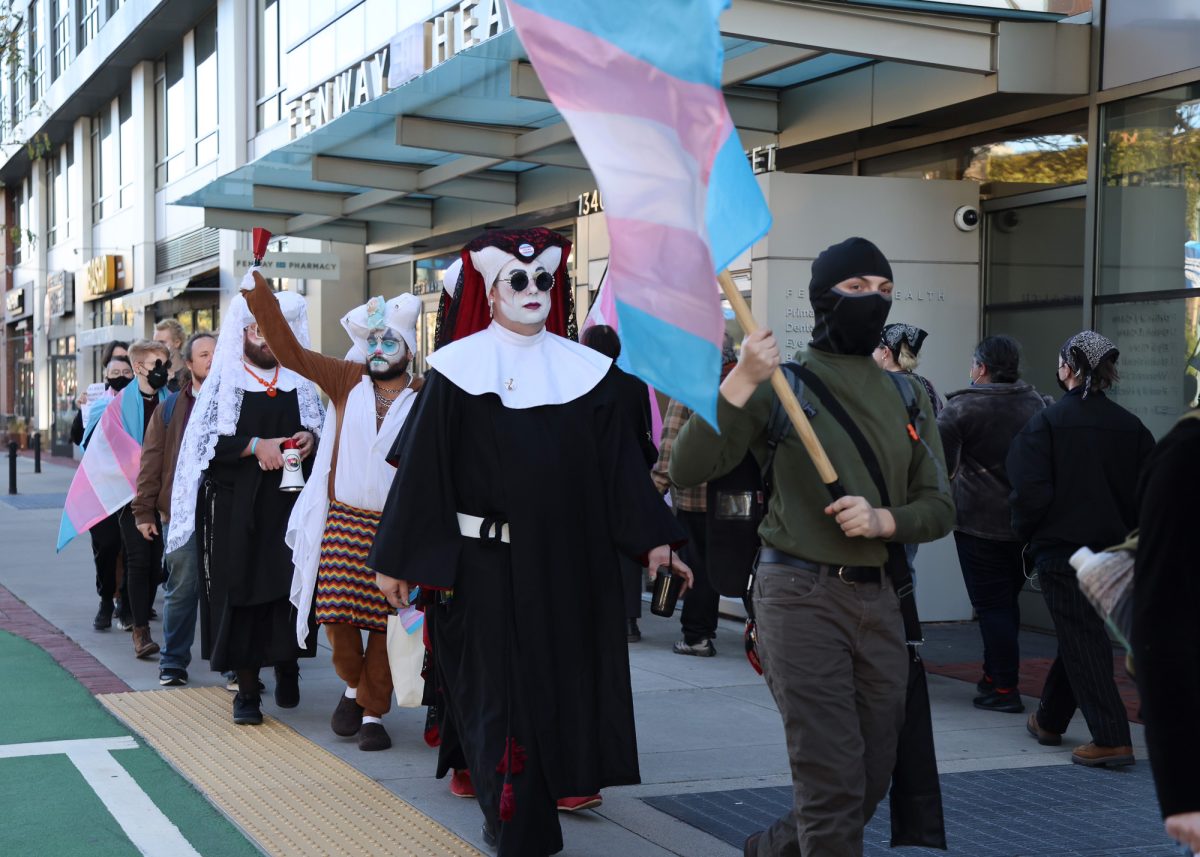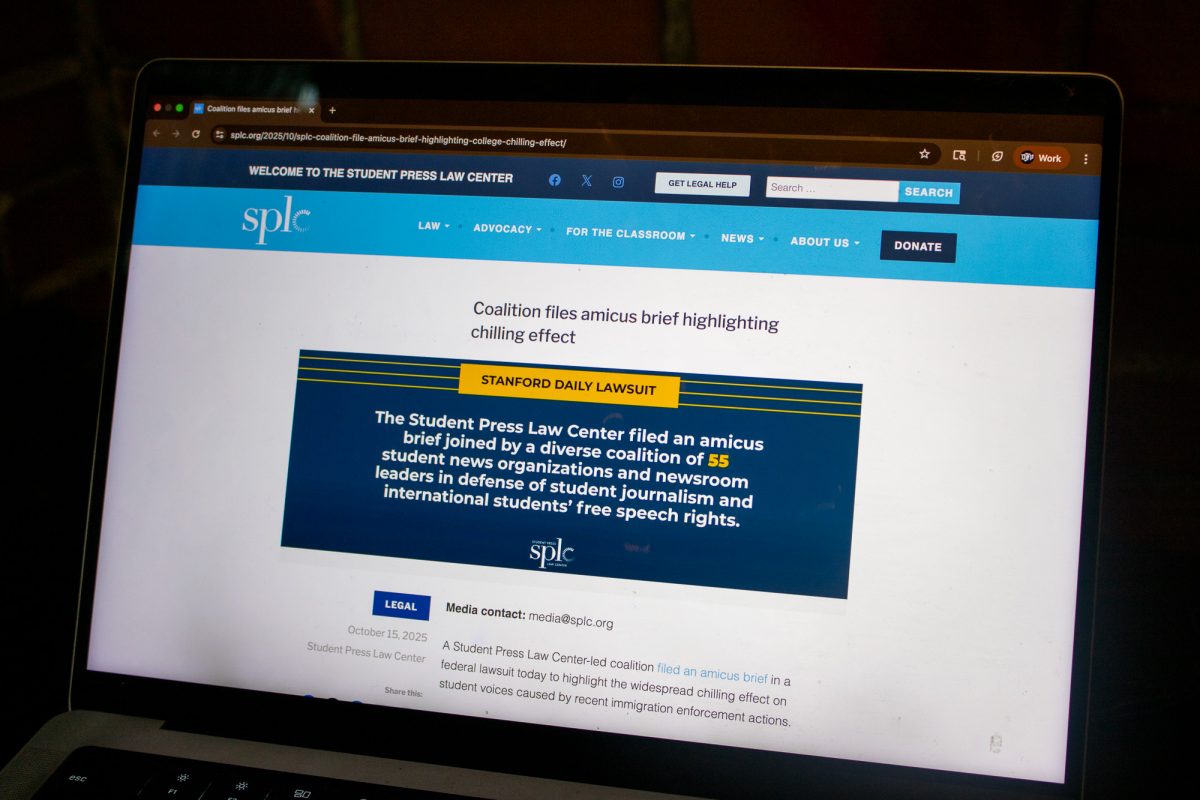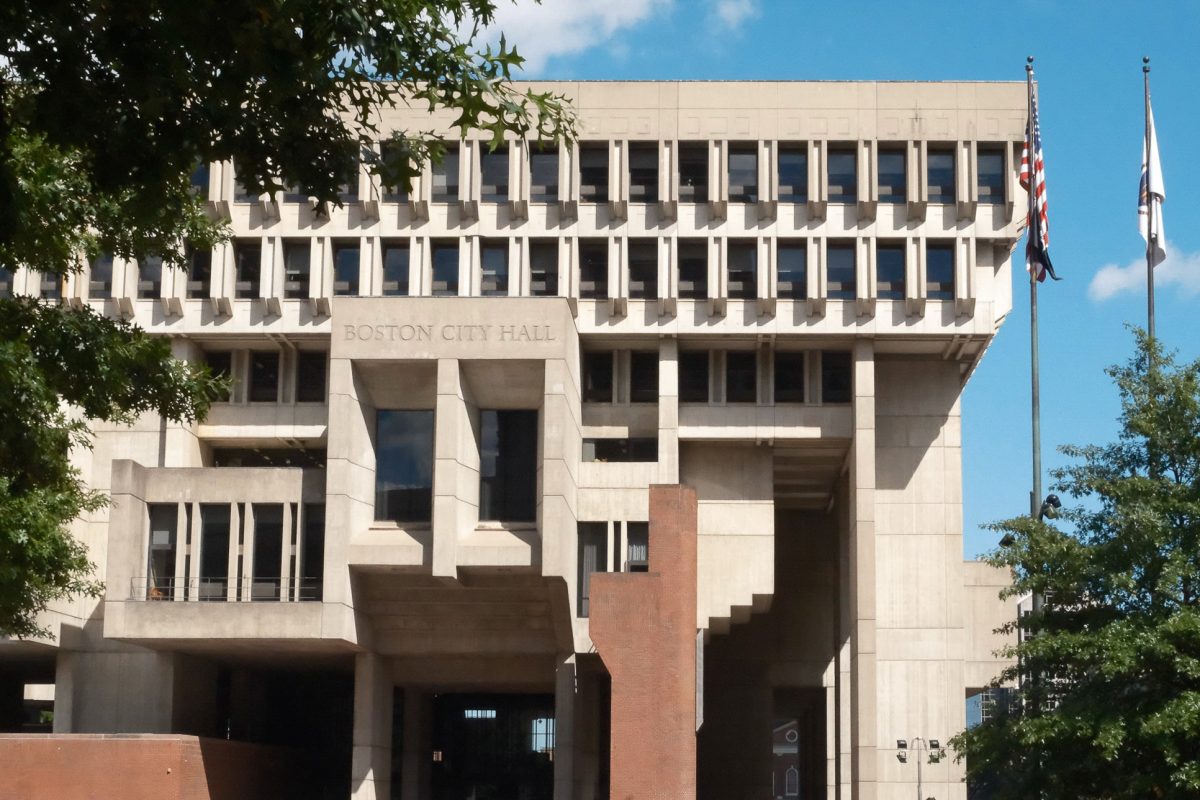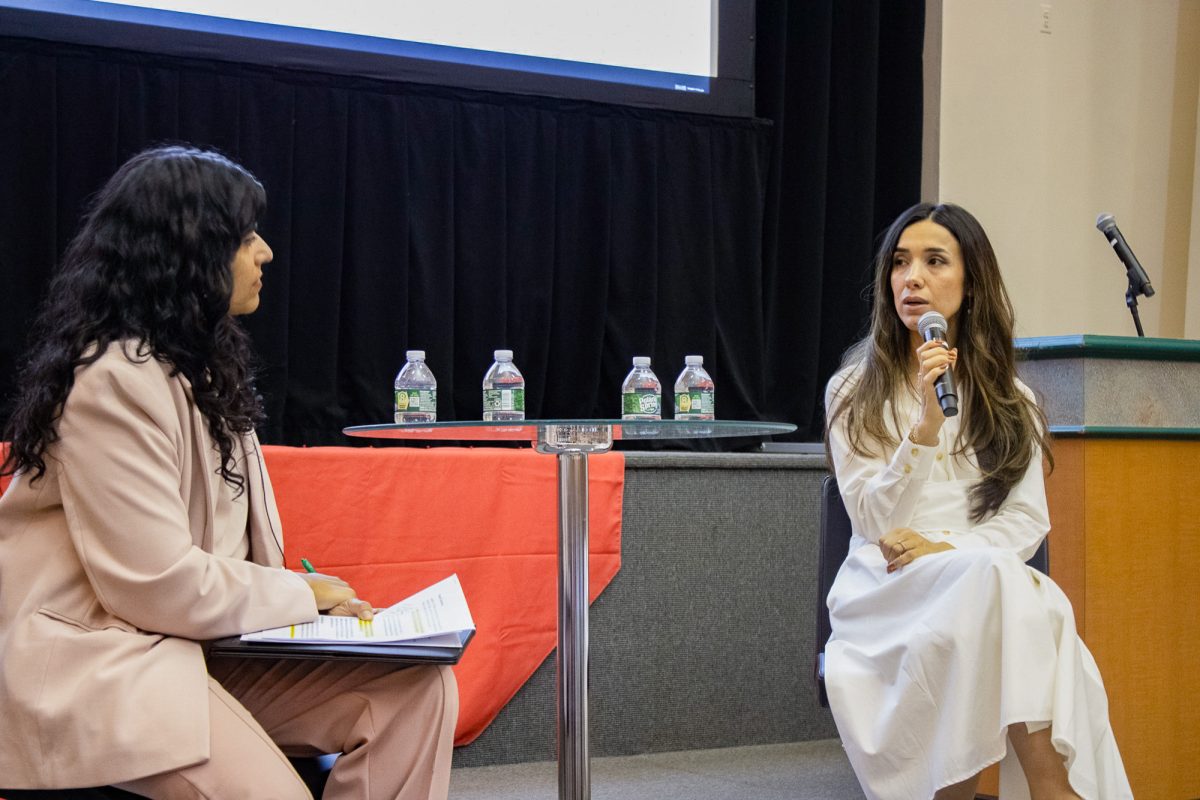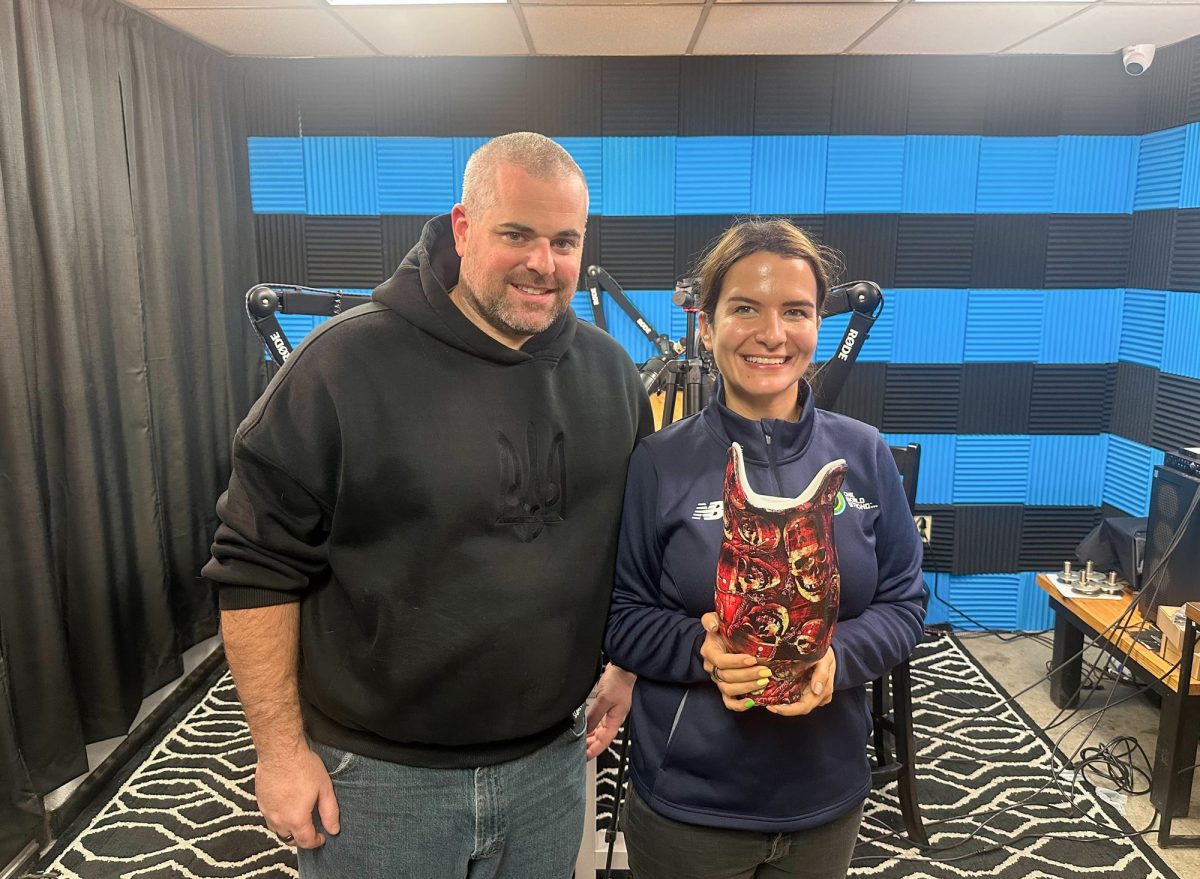Among the 10 instruments aboard NASA’s Blue Ghost Mission 1, one will make history as the first Boston University-developed device to touch down on an extraterrestrial surface.
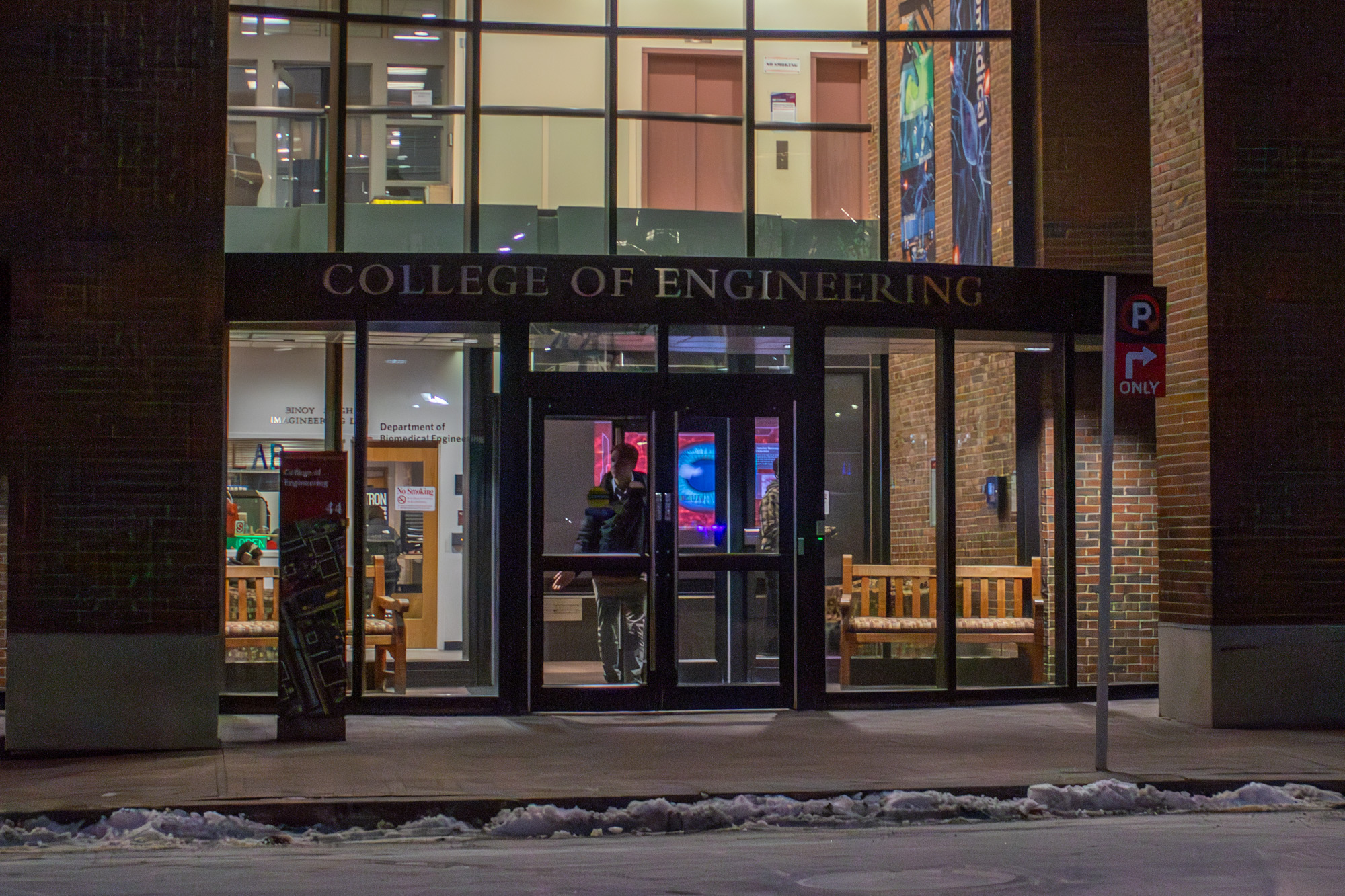
Led by professor Brian Walsh and his team at the BU School of Engineering, the Lunar Environment heliospheric X-ray Imager, began its approximately month-long journey to the moon on Jan. 15. Once landed, Blue Ghost is set to spend an entire lunar day, approximately 14 Earth days, operating the 10 instruments.
LEXI will develop the first comprehensive global view of Earth’s magnetic field and how it reacts to a constant flux of solar wind, said Walsh.
“We can image the magnetic field around Earth, which would be a completely new thing,” Walsh said. “A few years ago NASA had this opportunity to go to the moon and try it out…and we raised our hand.”
BU Research Scientist Ramiz Qudsi was among the team that viewed the launch from a VIP section at the Kennedy Space Center in Florida. He said he spent the hours before the launch pacing and going over several ‘what-ifs.’
“It’s completely out of your hand,” Qudsi said. “Finally, right on time, it launched, and there was this huge amount of light…that was a huge relief.”
One of LEXI’s primary objectives is to image the interactions between solar particles and Earth’s magnetic field to help scientists better understand the mechanisms of space weather, said research fellow Cadin Connor.
“[The launch] was so poetic,” Connor said. “It was obviously really special, because I had hardware on there that… I touched and spent so much time with.”
Since receiving funding from NASA for LEXI in 2019, Walsh said the biggest challenges were overall market and supply chain changes over five years, particularly during COVID-19.
“Anytime there’s a new idea, you often make progress and jump forward and then sometimes a step or two backward,” Walsh said. Despite that, he said LEXI has “really evolved quite a bit into something that’s really both beautiful scientifically and as an engineering piece.”
Working alongside Walsh is doctoral student Catriana Paw U, who has been with the project since the beginning, now working as one of LEXI’s operators.
“I was very scared of making a mistake or being a reason that the instrument wouldn’t work right,” Paw U said. “But it was really exciting to do such a big range of things.”
College of Engineering Dean ad interim Elise Morgan hopes the project will showcase BU as a leader in engineering accomplishments.
“I’m incredibly proud of Professor Walsh’s team,” Morgan said. “It’s just one of so many examples of amazing science that we’re doing.”
Casey Whitworth, a senior studying mechanical engineering and aerospace engineering said the project’s accomplishment can serve as a source of inspiration for students.
“Working with NASA, that’s a name everybody knows,” she said. “I think that would encourage students to get involved.”
For Walsh, LEXI’s launch marks only the beginning.
“It’s just extremely exciting to see ideas and team members and all these things that have come together to reach this milestone,” Walsh said. “There’s certainly a long way to go, but this is a really big milestone and a lot of excitement to see.”

